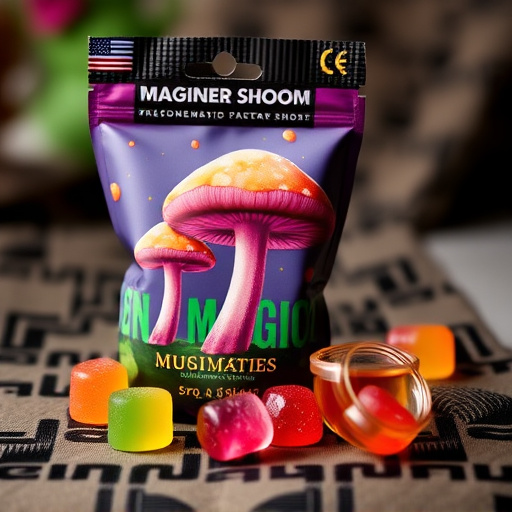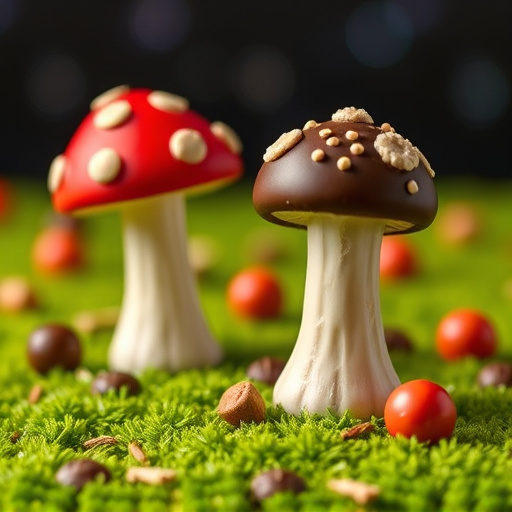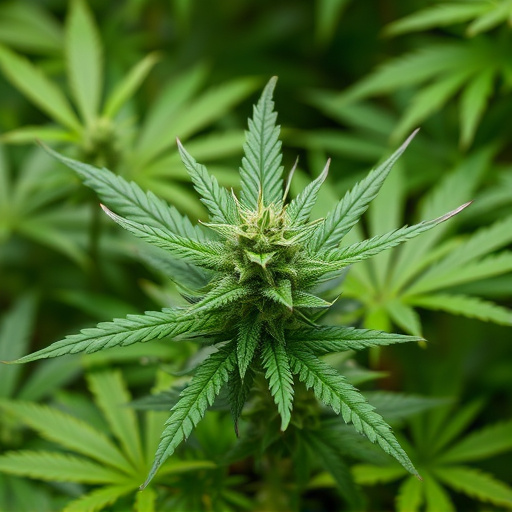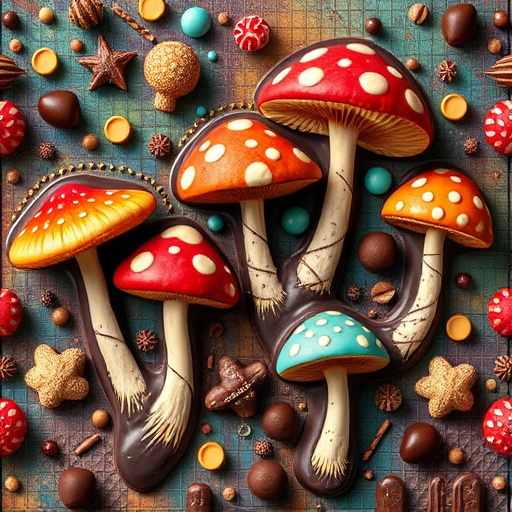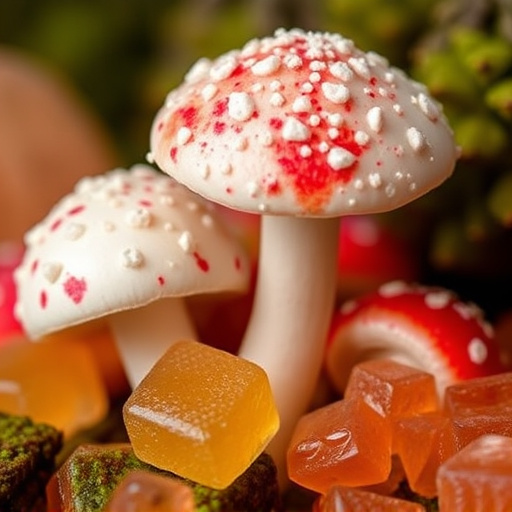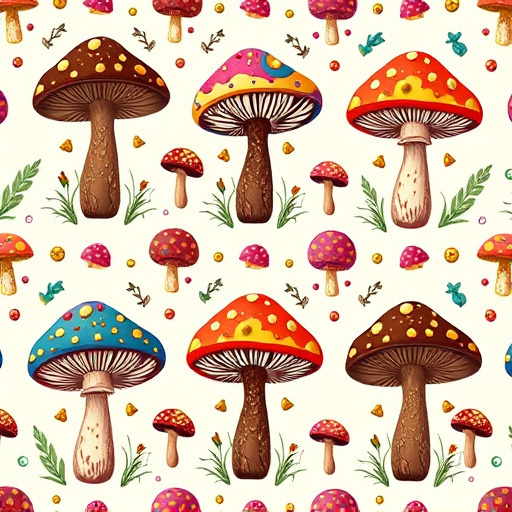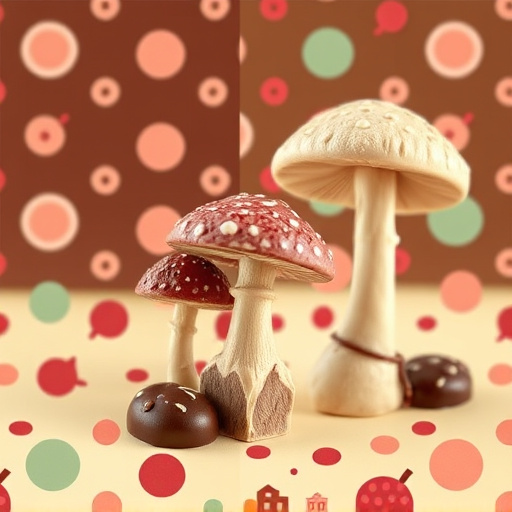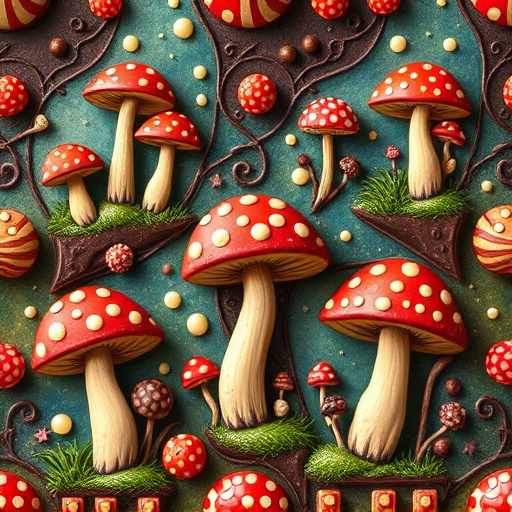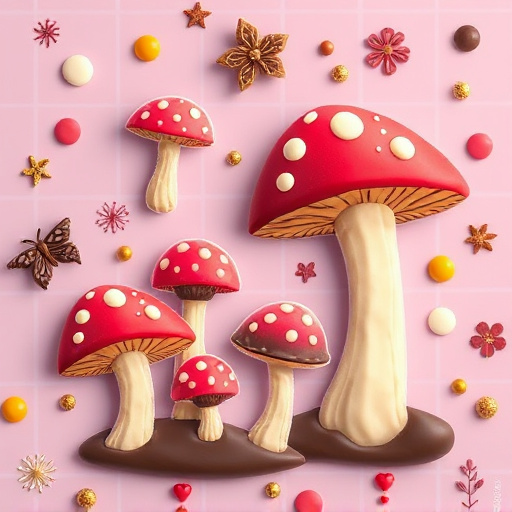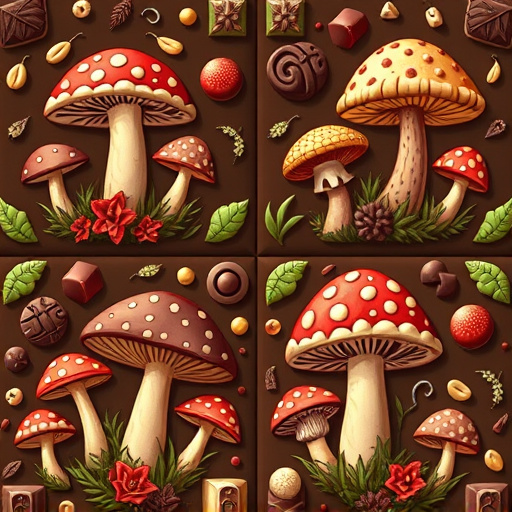The history of magic mushroom chocolates begins with ancient indigenous rituals using psilocybin mushrooms for spiritual and medicinal purposes. In the 20th century, counterculture movements popularized their infusion in chocolate, leveraging its global appeal and texture to create a sensory experience. Modern research has explored psilocybin's therapeutic benefits, leading to controlled studies and wellness centers offering magic mushroom chocolates as alternative therapy for conditions like depression, anxiety, and PTSD, with proper guidance.
Discover the enchanting world of magic mushroom chocolates—a delightful fusion of gourmet treats and psychotropic compounds. This article delves into the captivating history of these unique confections, exploring their origins and evolution. We uncover the science behind their mind-altering effects, providing a comprehensive breakdown of the ingredients and processes involved. Additionally, we guide you through considerations regarding usage and consumption, ensuring a safe and enjoyable experience while embracing the potential therapeutic benefits.
- A Brief History of Magic Mushroom Chocolates
- The Science Behind Their Effects
- Exploring Usage and Consuming Considerations
A Brief History of Magic Mushroom Chocolates
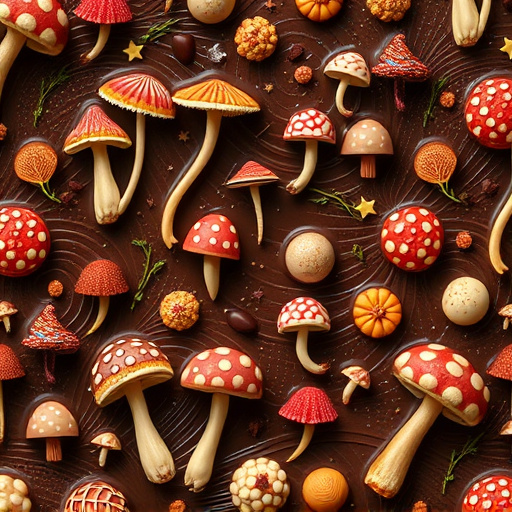
Magic mushroom chocolates, a delightful fusion of psychedelic fungi and confectionery art, have a history as curious as their ingredients suggest. The concept emerged from a synthesis of ancient ritual practices and modern counterculture movements. For centuries, indigenous cultures have utilized psilocybin mushrooms in ceremonial contexts for their spiritual and medicinal properties. However, the integration of these fungi into chocolates is a relatively recent development.
In the latter half of the 20th century, as interest in psychedelic experiences grew, so did experimentation with incorporating psilocybin into edible forms. Chocolate, with its global appeal and smooth texture, became an ideal carrier for this unique compound. This evolution led to the creation of magic mushroom chocolates—a sweet treat that promises not only a sensory experience but also a journey into altered perception. The usage of these chocolates has since expanded, appealing to those seeking spiritual exploration, relaxation, or simply a novel culinary adventure.
The Science Behind Their Effects
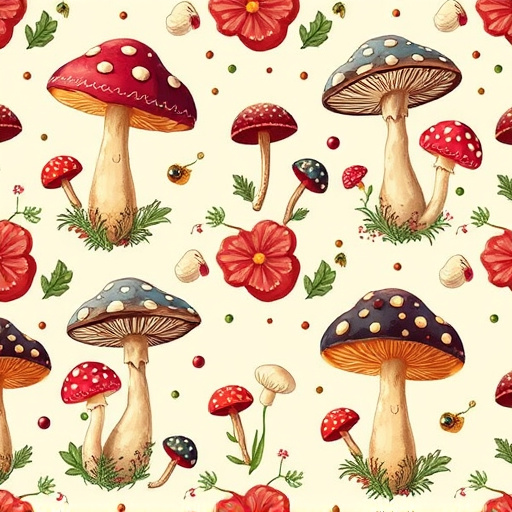
The effects of magic mushroom chocolates, or chocolate infused with psilocybin mushrooms, are rooted in the active compounds found within these fungi—psilocybin and psilocin. When consumed, psilocybin is metabolized by the body into psilocin, which binds to serotonin receptors in the brain, leading to altered perceptions and heightened sensory experiences. This process has been studied for decades, with historical usage dating back centuries among indigenous cultures who incorporated these mushrooms into spiritual practices and rituals.
Modern research has explored the therapeutic potential of psilocybin, particularly in mental health treatments. Studies have shown promising results in its use for managing depression, anxiety, and end-of-life anxiety. The history of magic mushroom chocolates as a recreational drug has evolved alongside this scientific inquiry, with an increasing interest in exploring its psychological effects in controlled settings.
Exploring Usage and Consuming Considerations
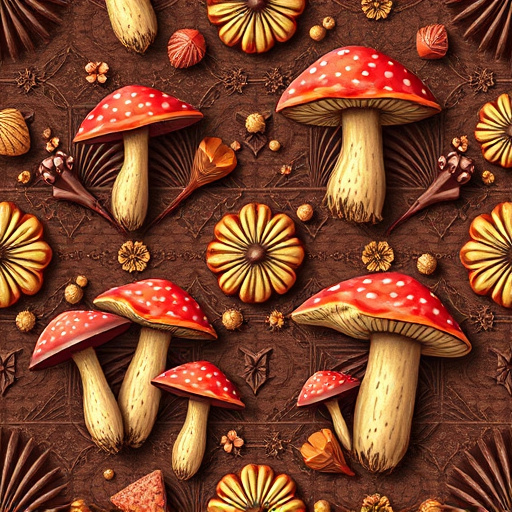
The history of magic mushroom chocolates is intertwined with the cultural and recreational use of psychedelic mushrooms. For centuries, indigenous tribes around the world have incorporated certain mushroom species into their rituals and ceremonies, often using them for spiritual guidance and healing. However, as science began to unravel the biochemical properties of these fungi, a new perspective on their potential therapeutic applications emerged.
In recent years, there’s been a growing interest in the use of magic mushroom chocolates as a form of alternative therapy. Research suggests that psilocybin, the active compound found in psychedelic mushrooms, can aid in treating depression, anxiety, and post-traumatic stress disorder (PTSD). As a result, many wellness centers and clinics are now offering controlled, supervised experiences with magic mushroom chocolates to provide these therapeutic benefits. Consuming considerations include ensuring a safe, comfortable environment, proper dosage, and guidance from trained professionals to maximize the potential benefits while minimizing any adverse effects.
Magic mushroom chocolates, a modern fusion of culinary delight and psychedelic exploration, offer a unique twist on traditional treats. With a history rooted in ancient practices and a growing interest in alternative wellness, these chocolates have gained traction in recent years. The science behind their effects suggests a potential for enhanced sensory experiences and improved mood, while responsible usage considerations ensure a safe and enjoyable journey. By understanding both the historical context of magic mushroom chocolates and their modern applications, consumers can navigate this emerging trend with informed decision-making.
